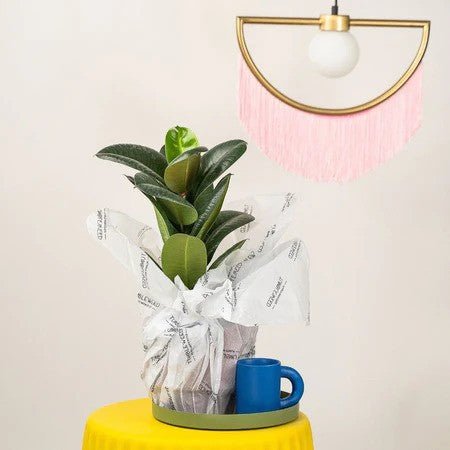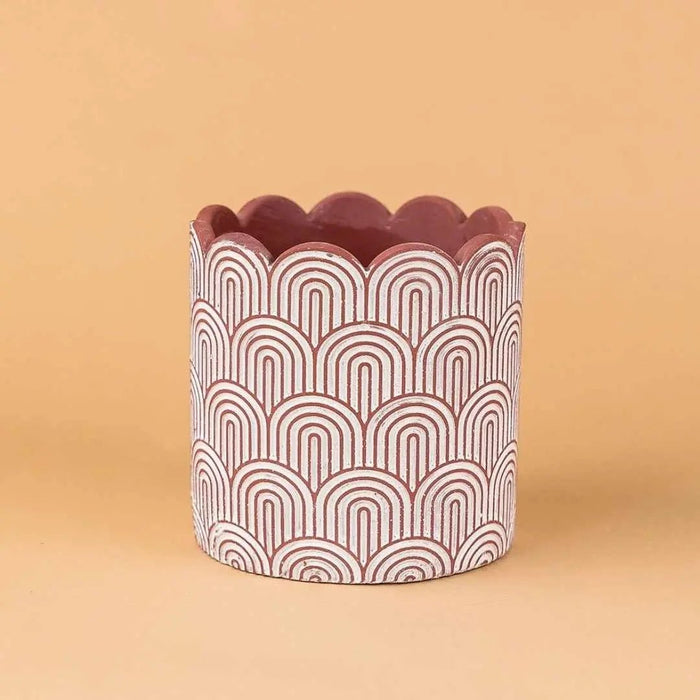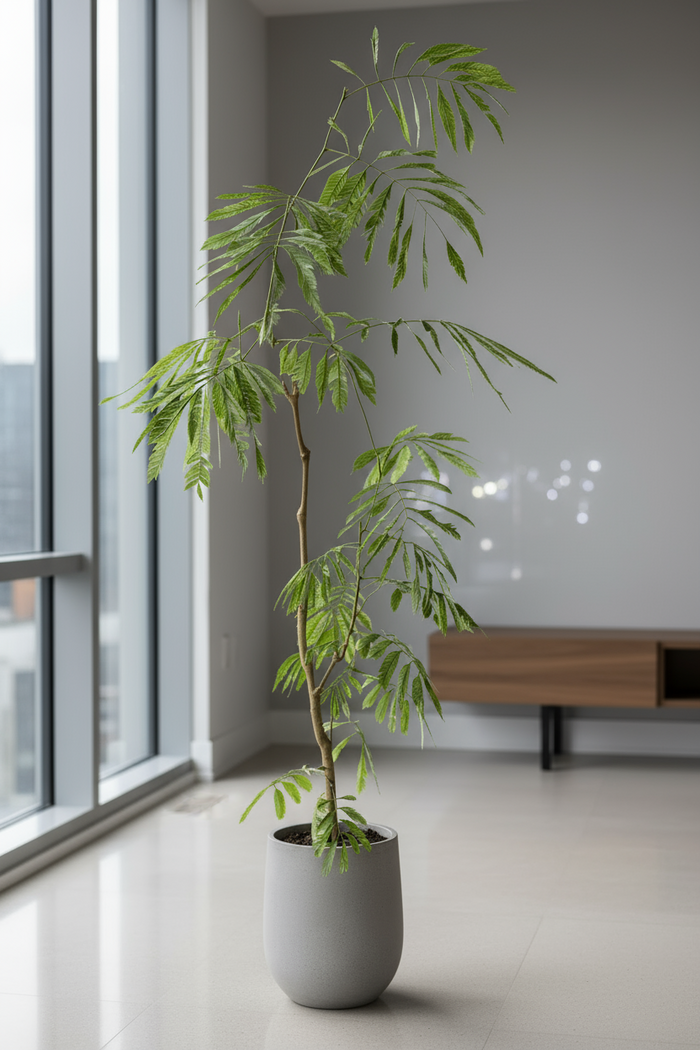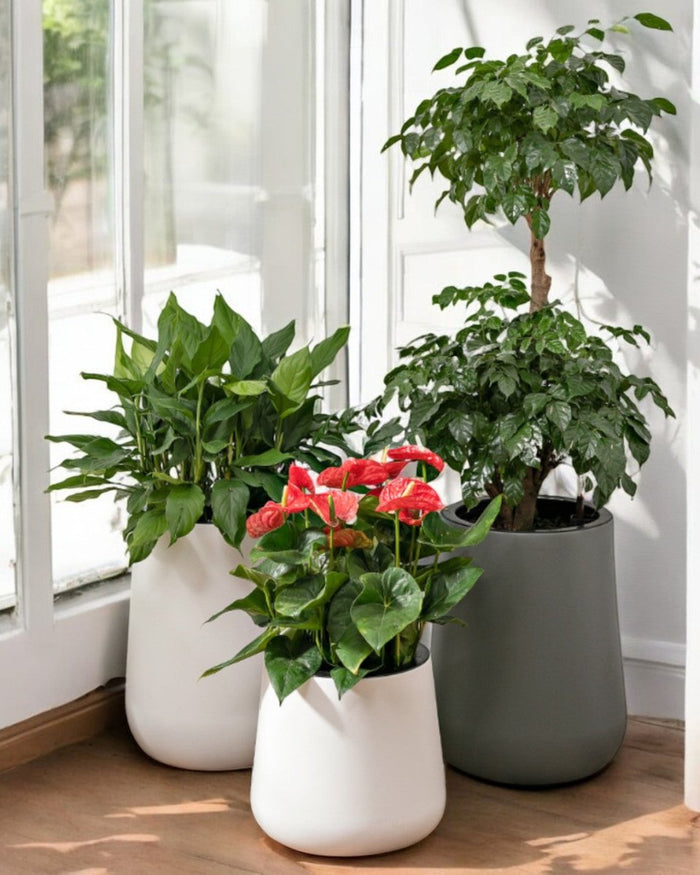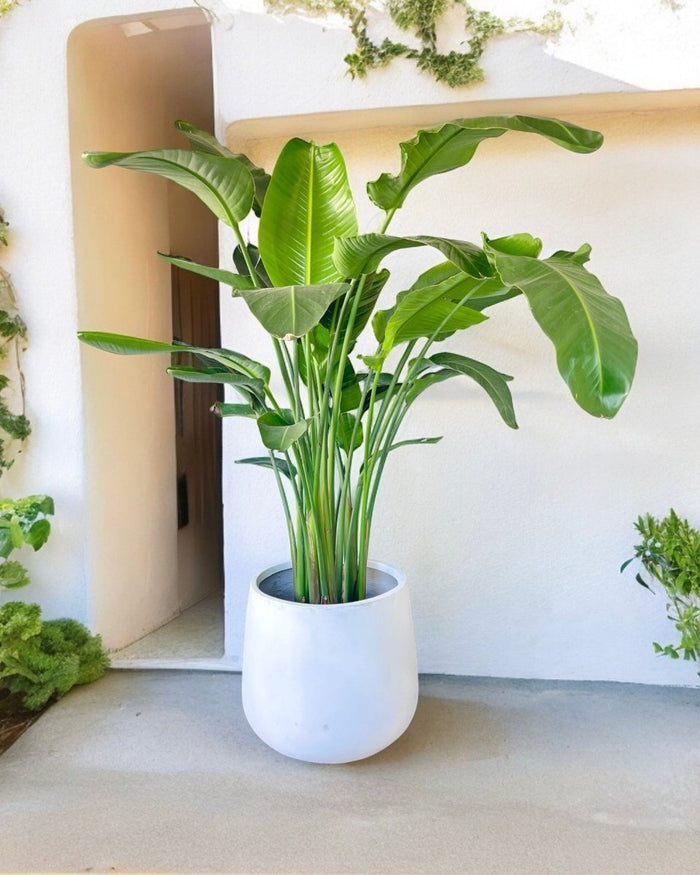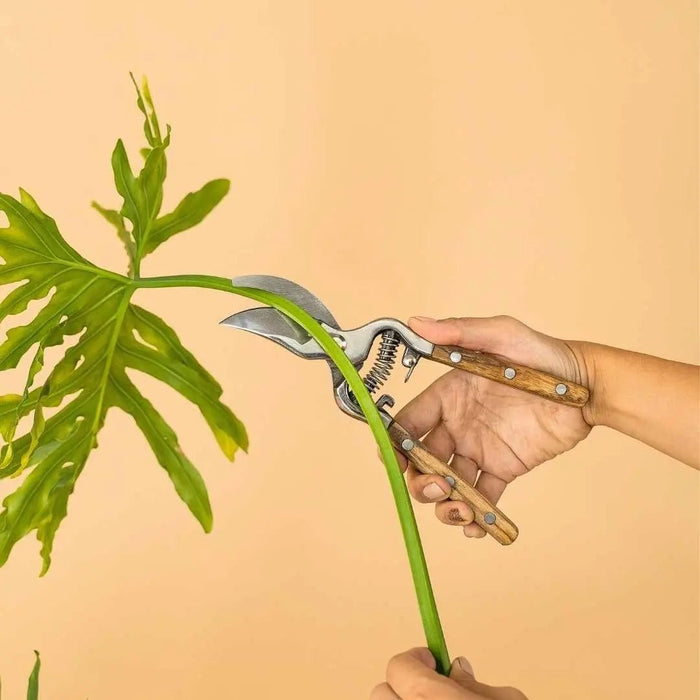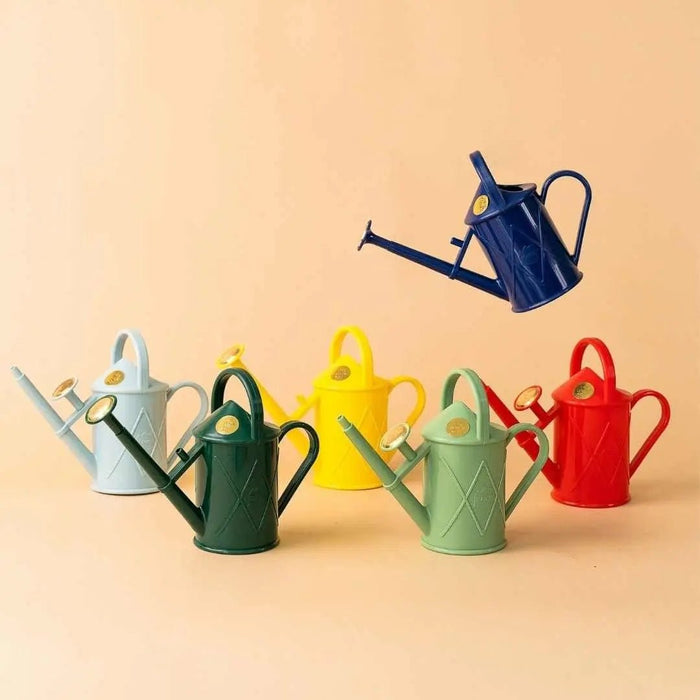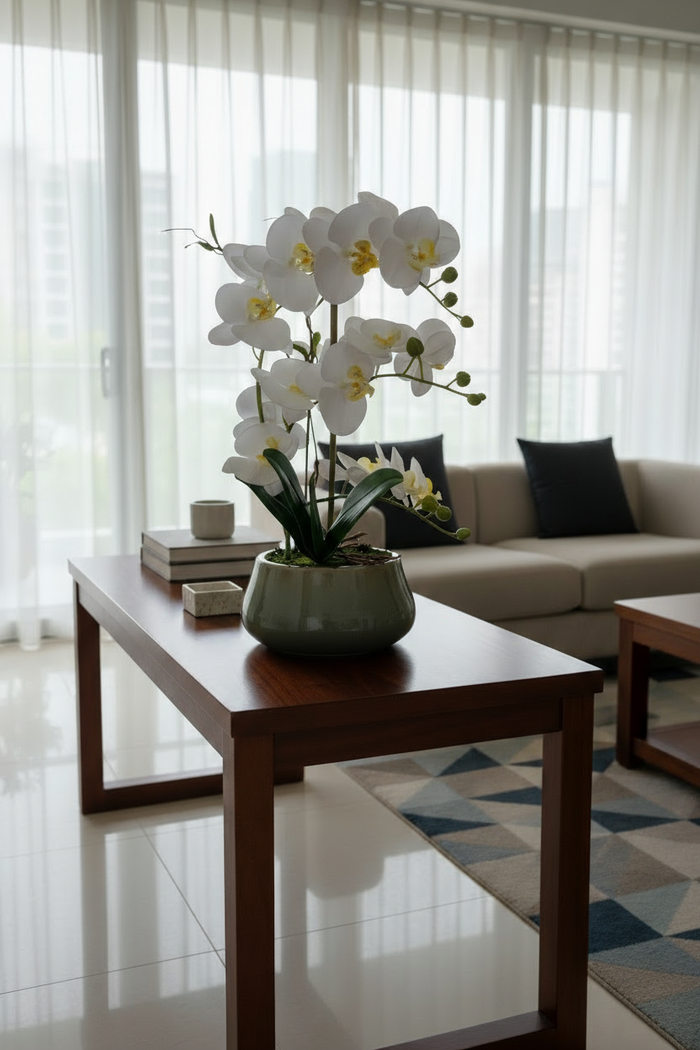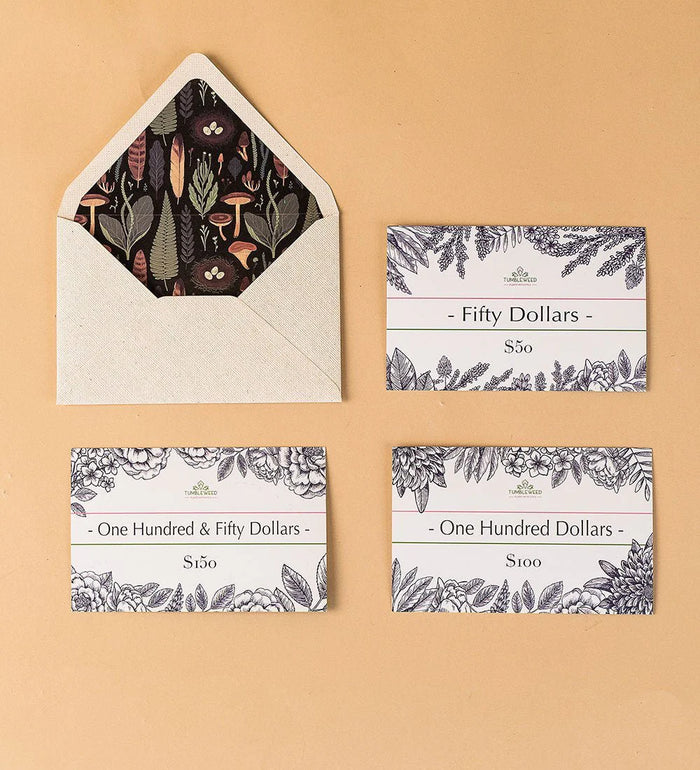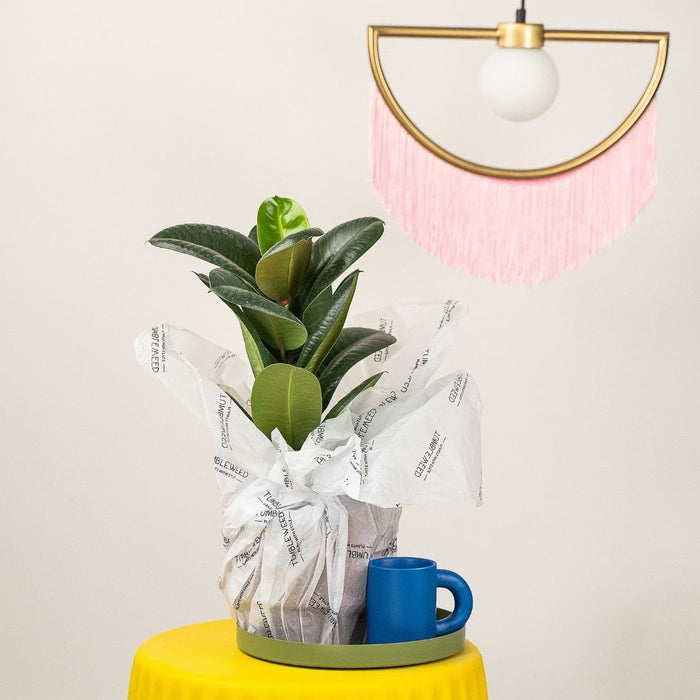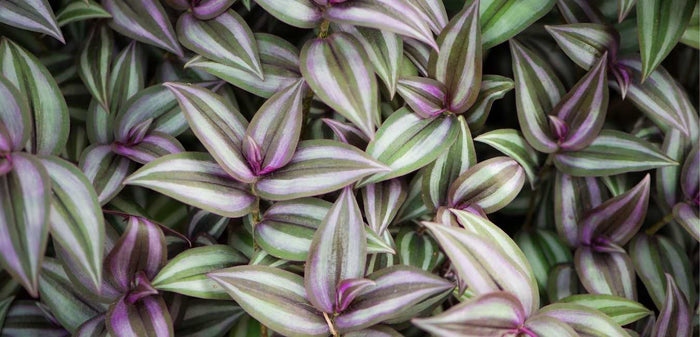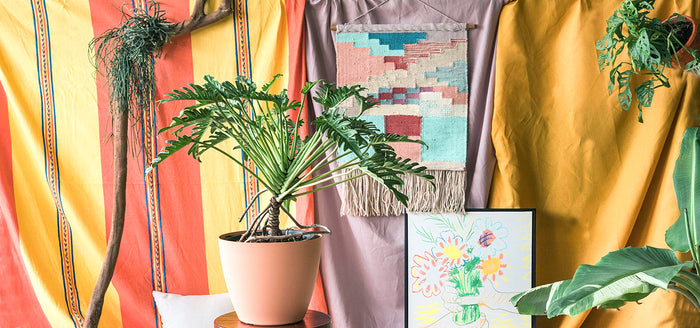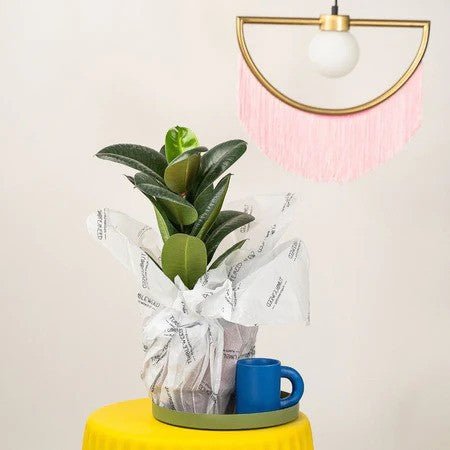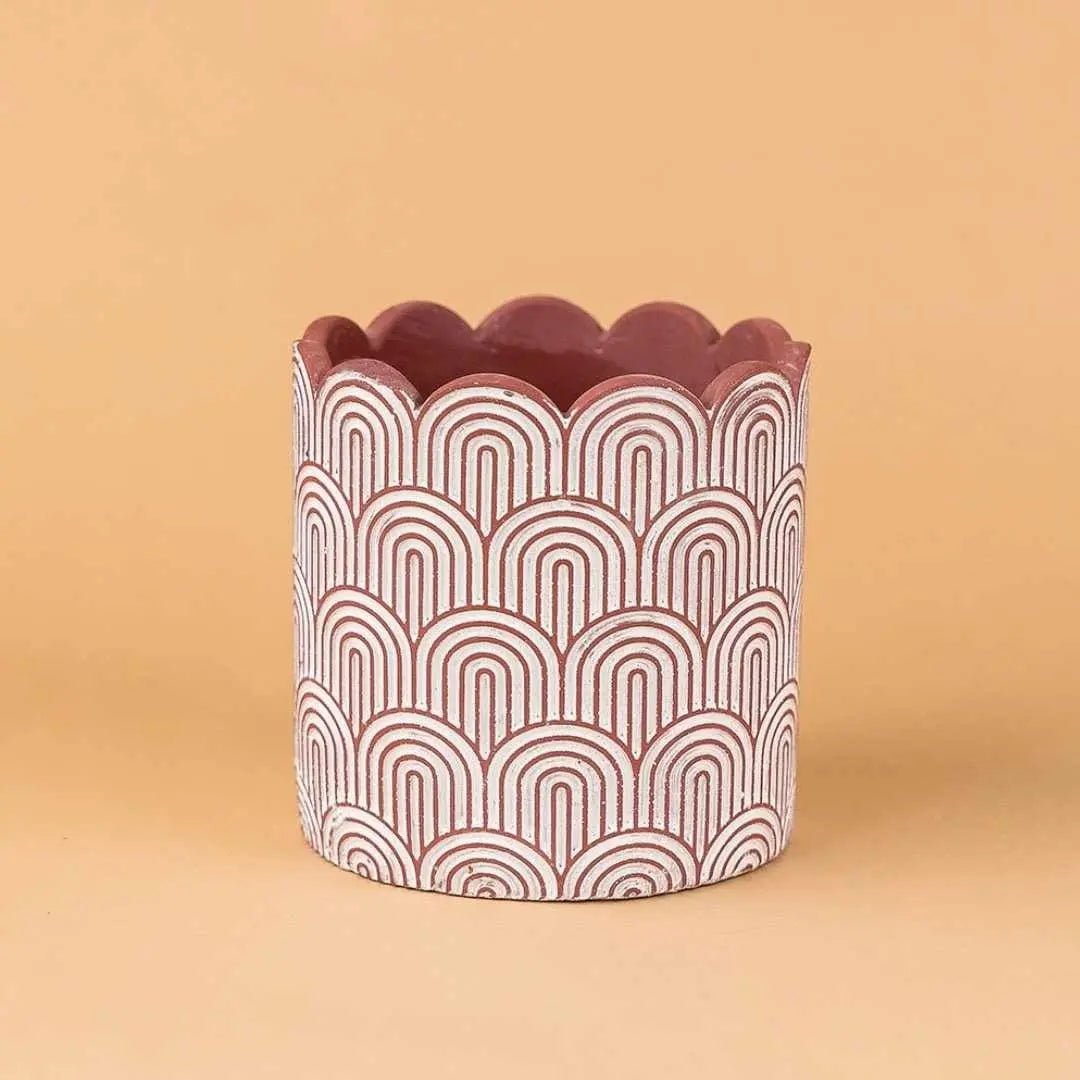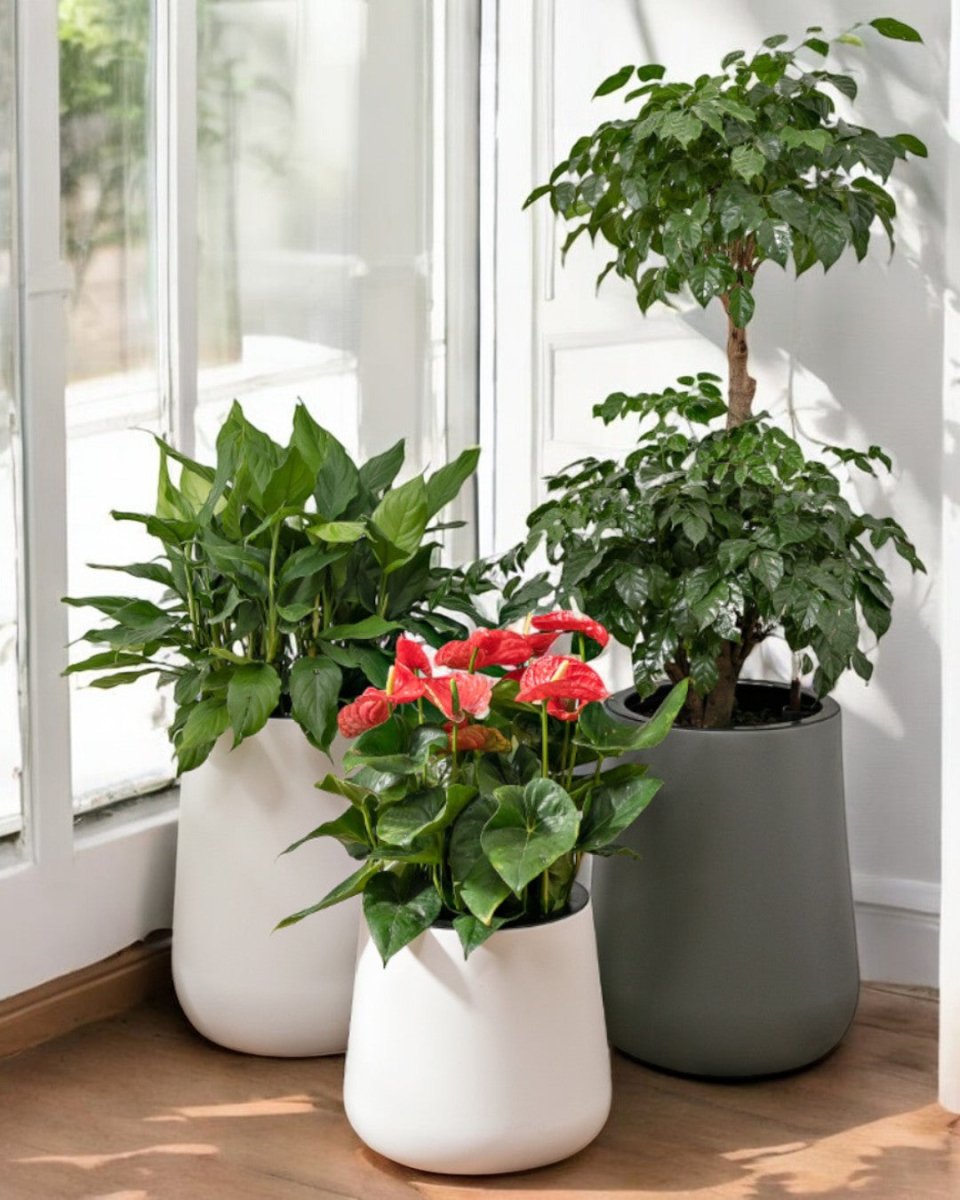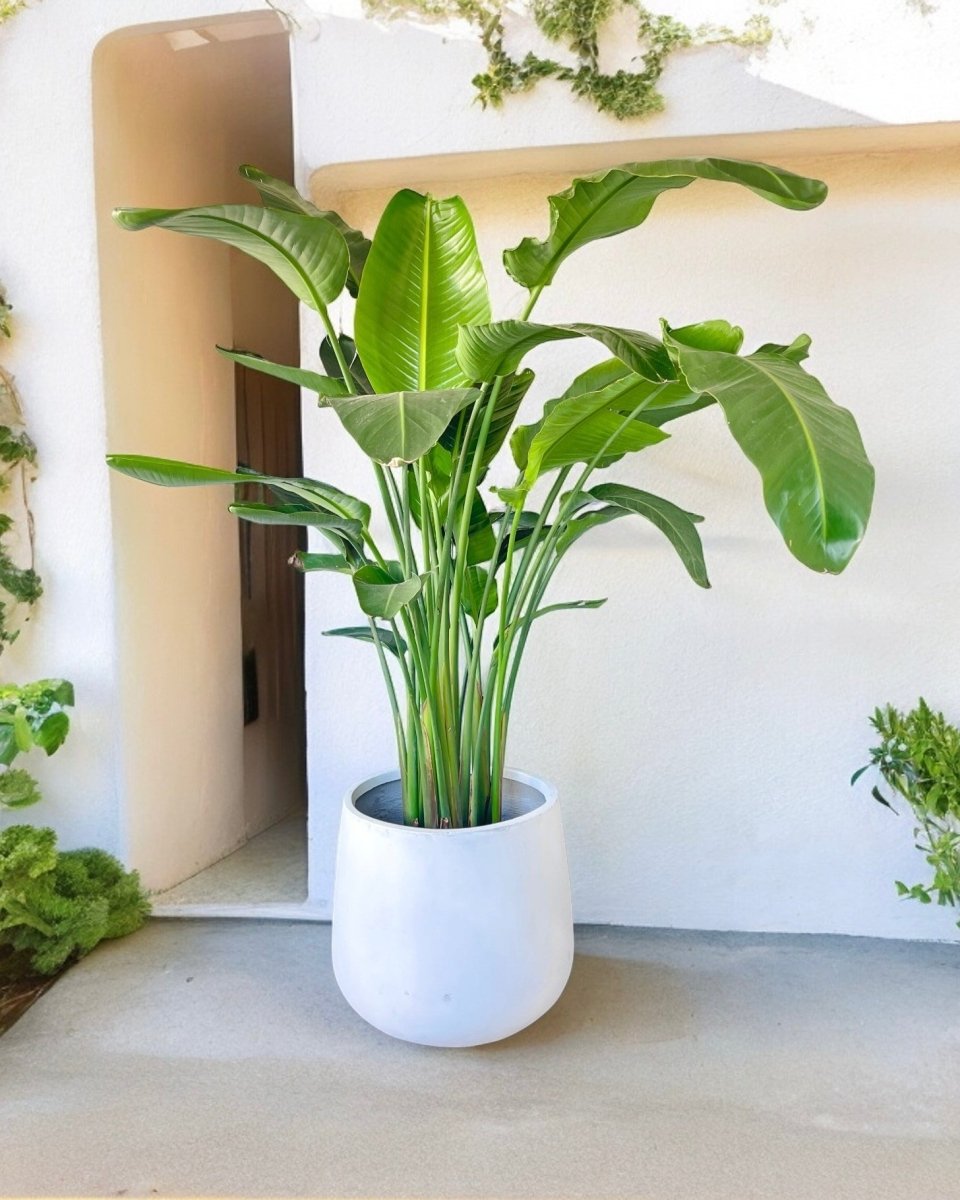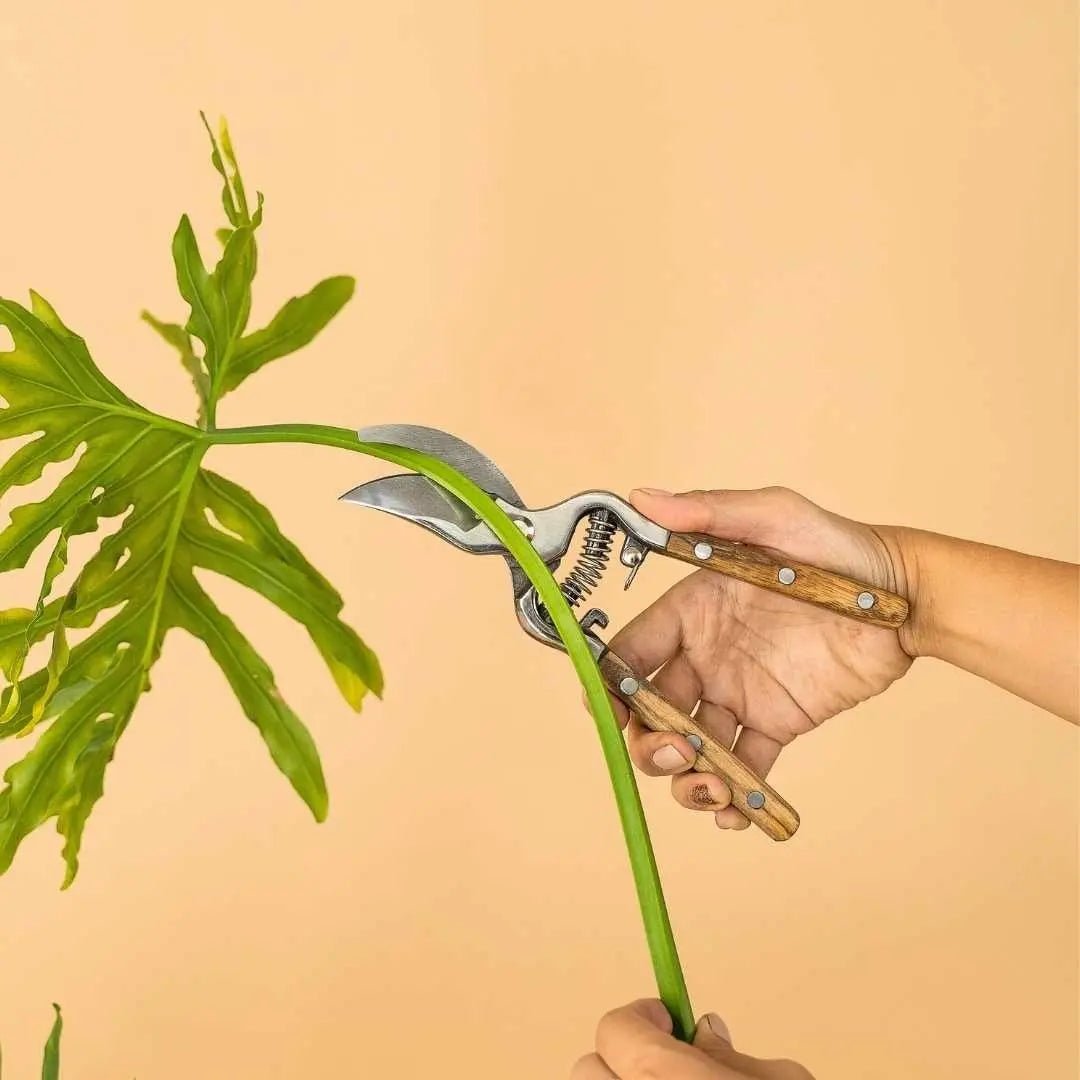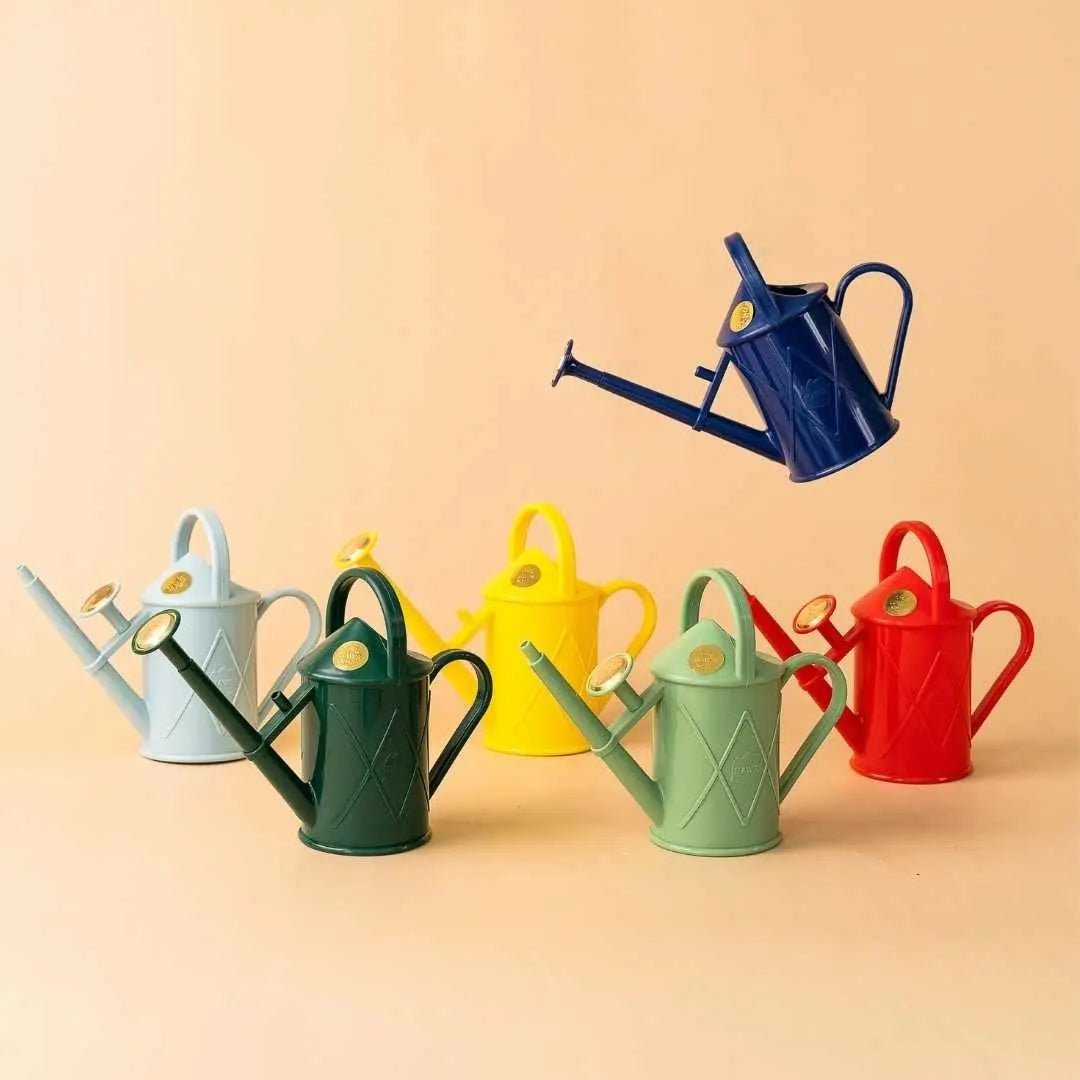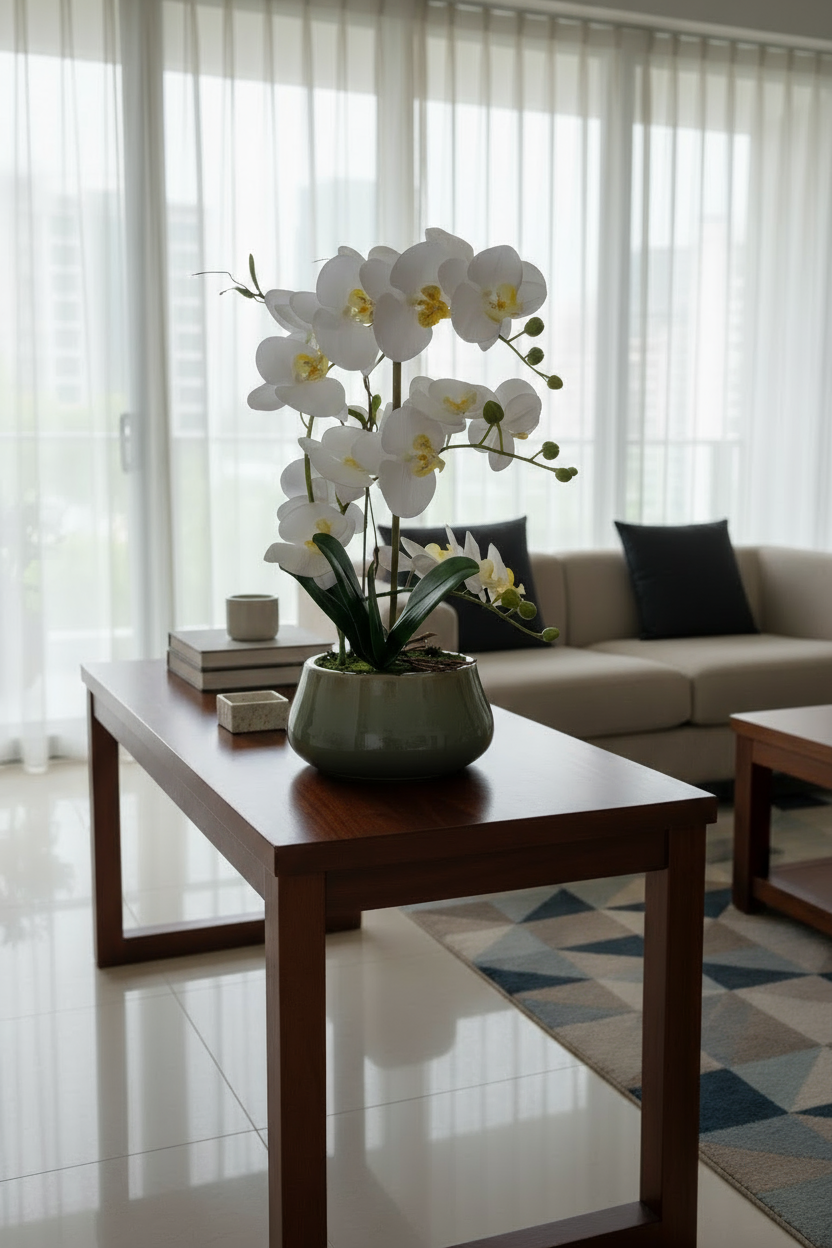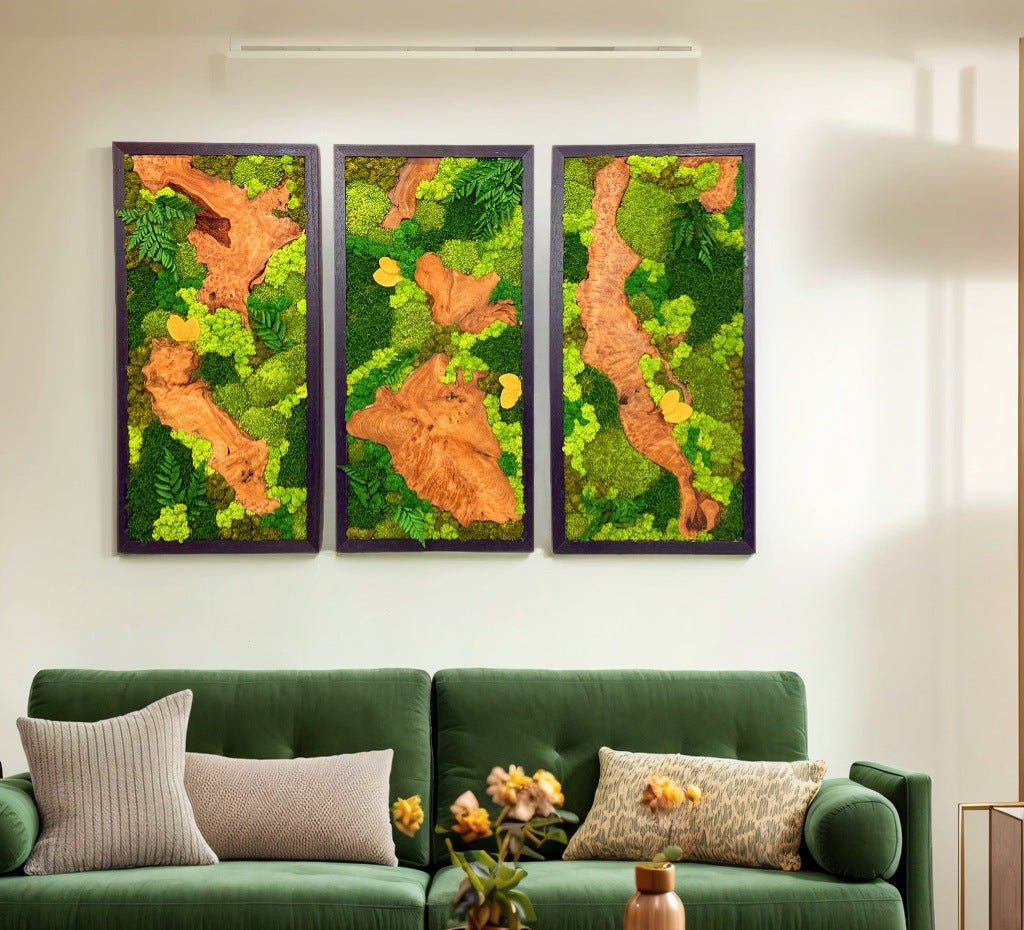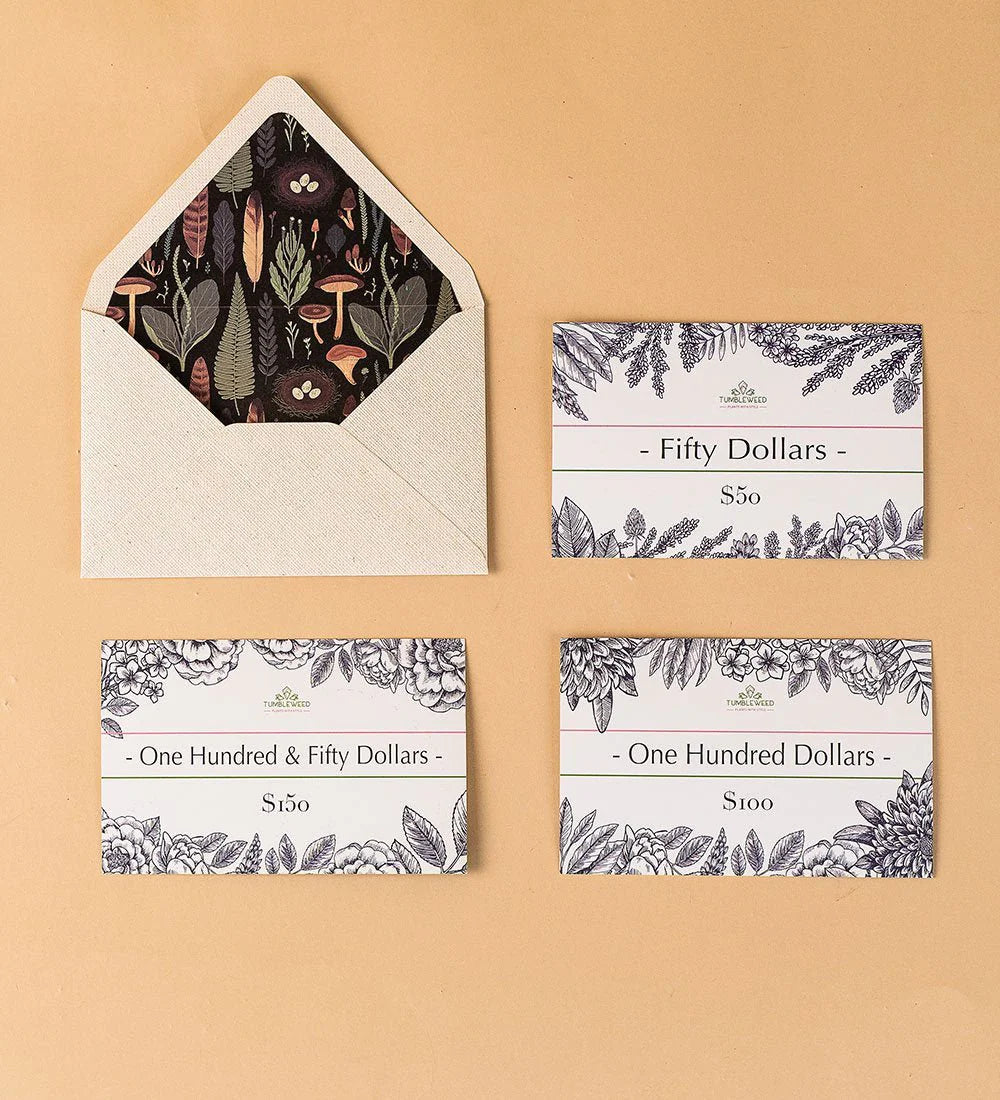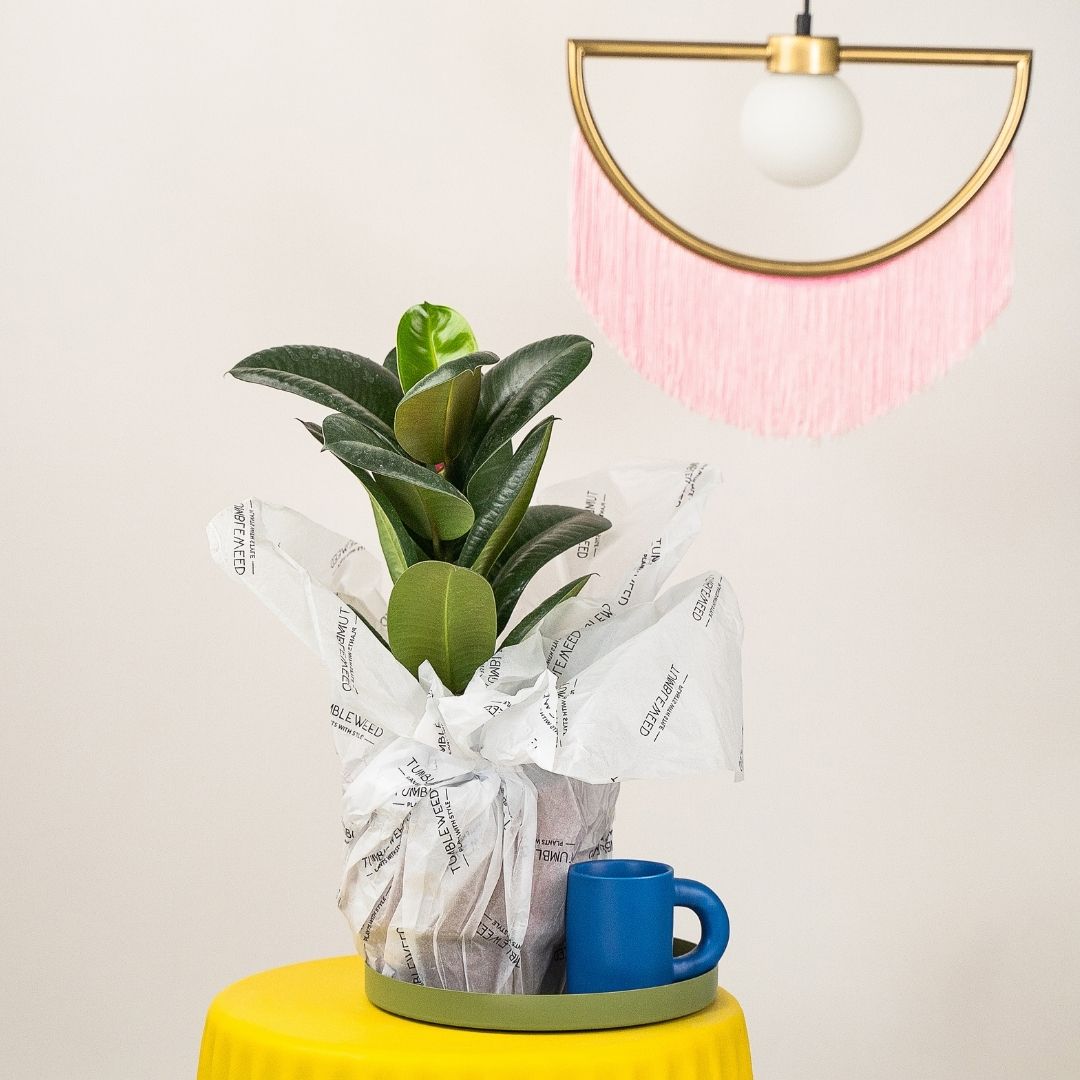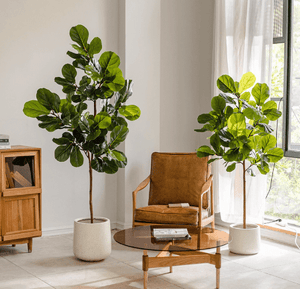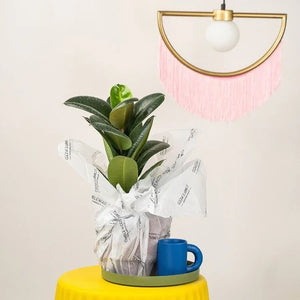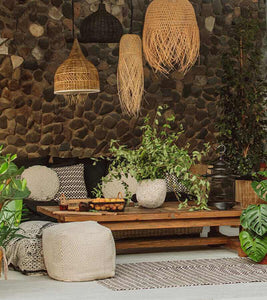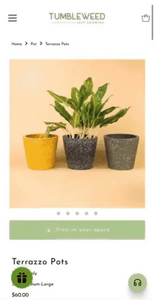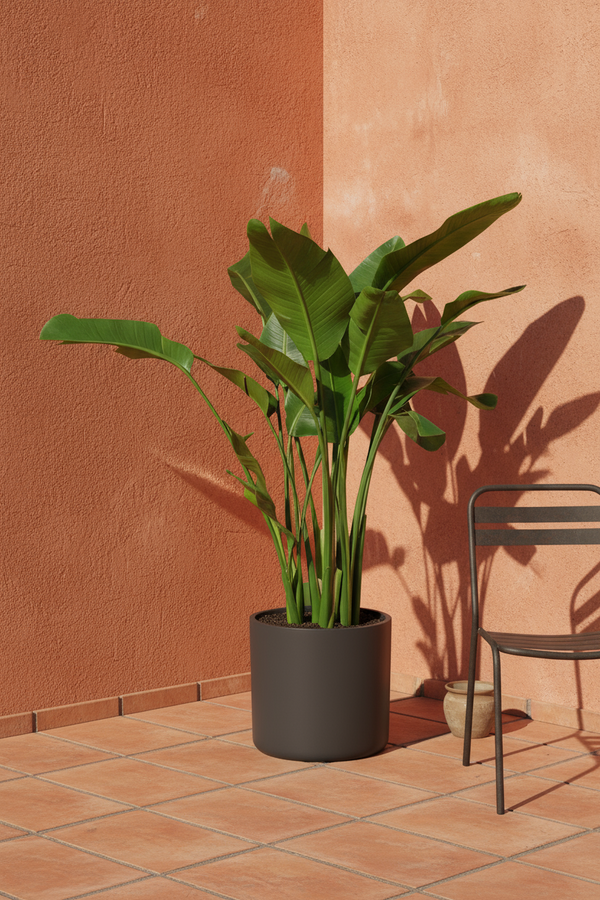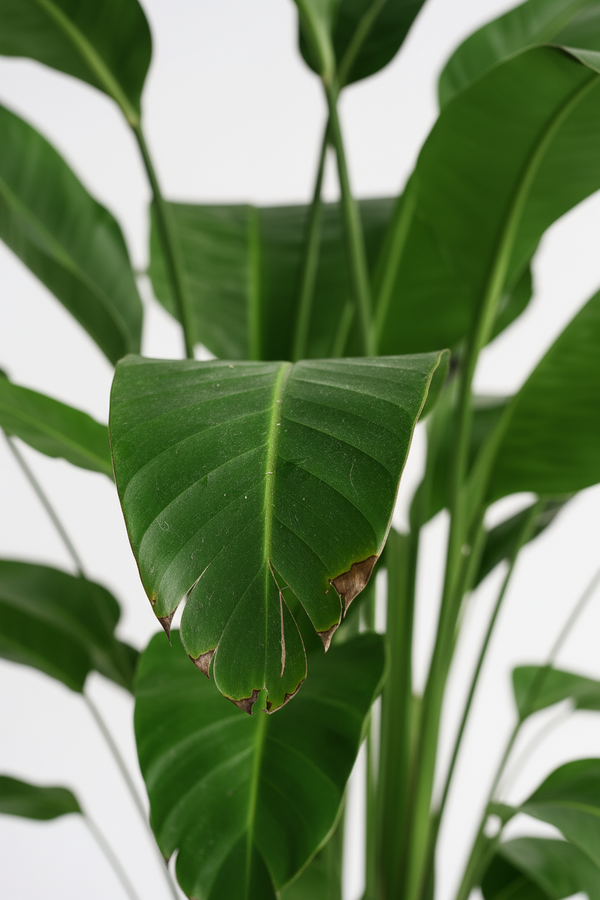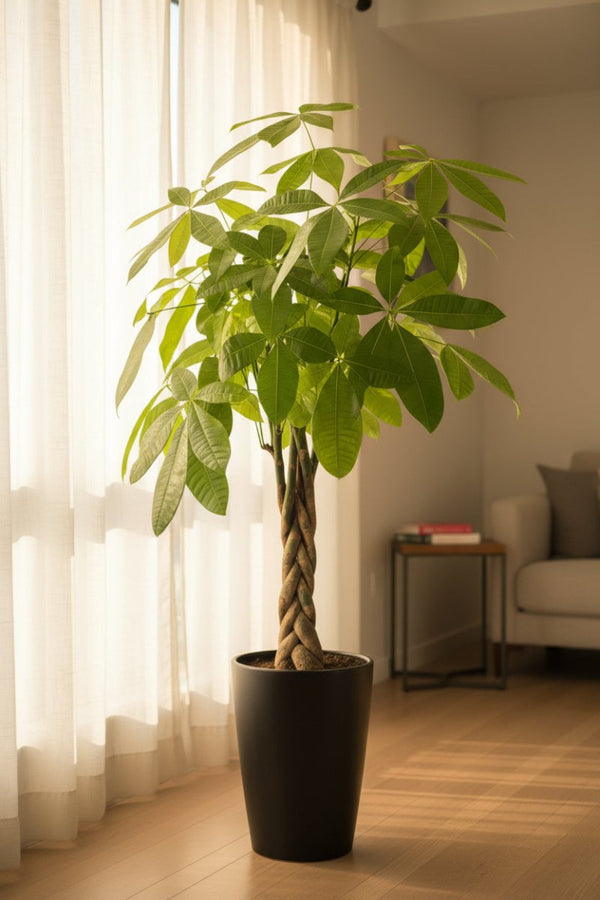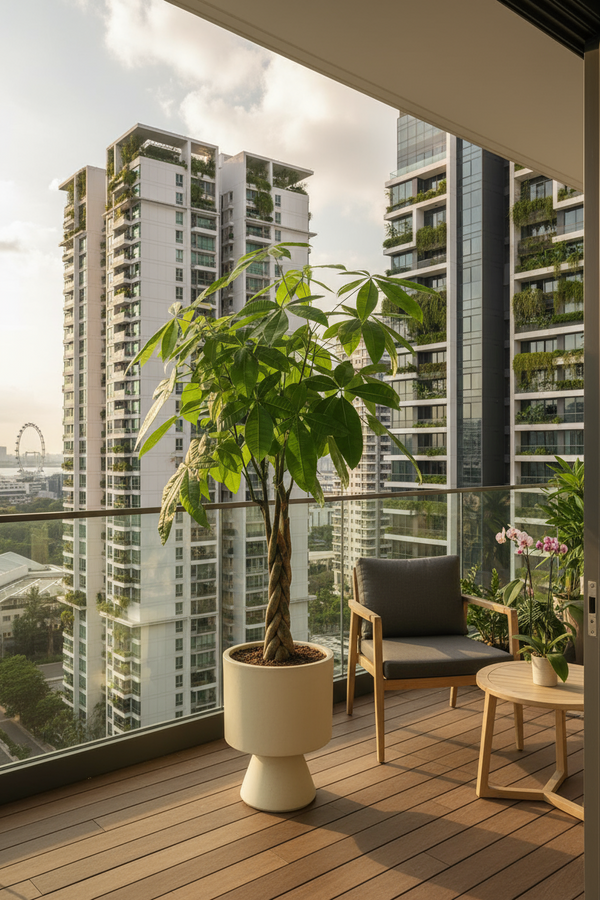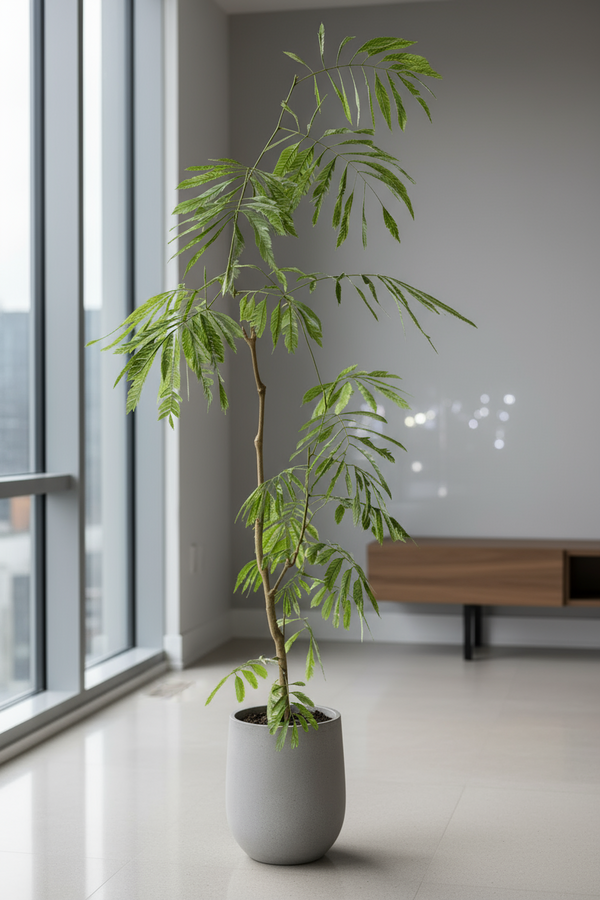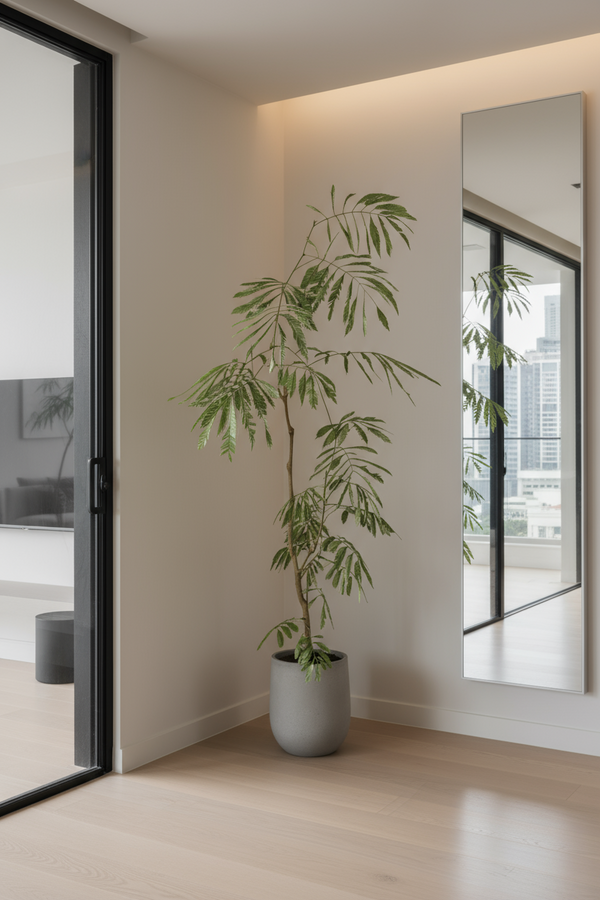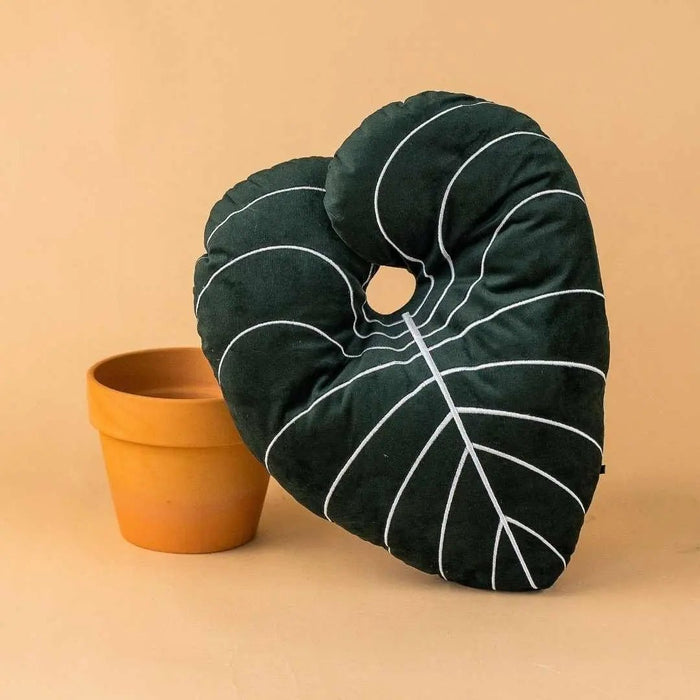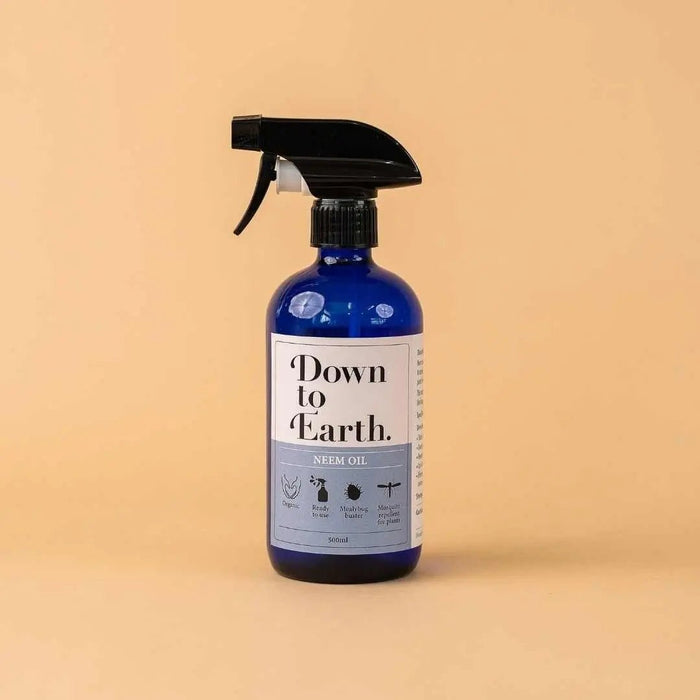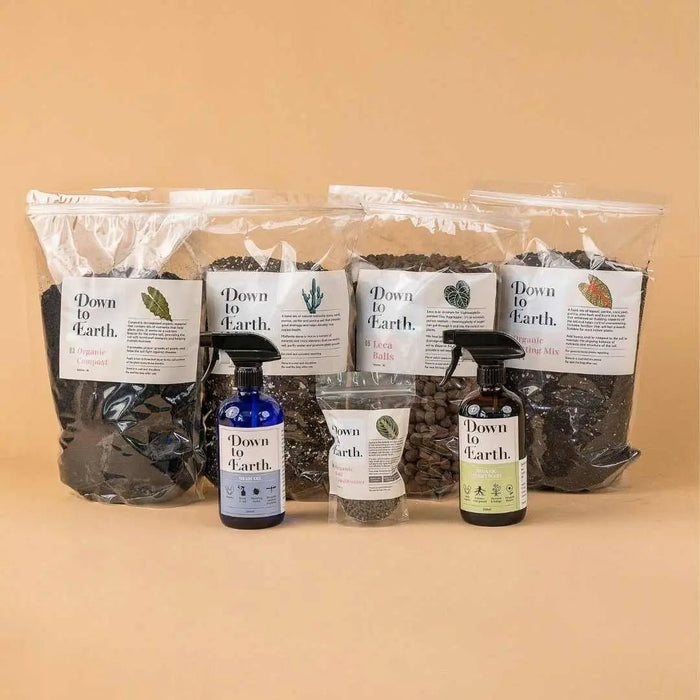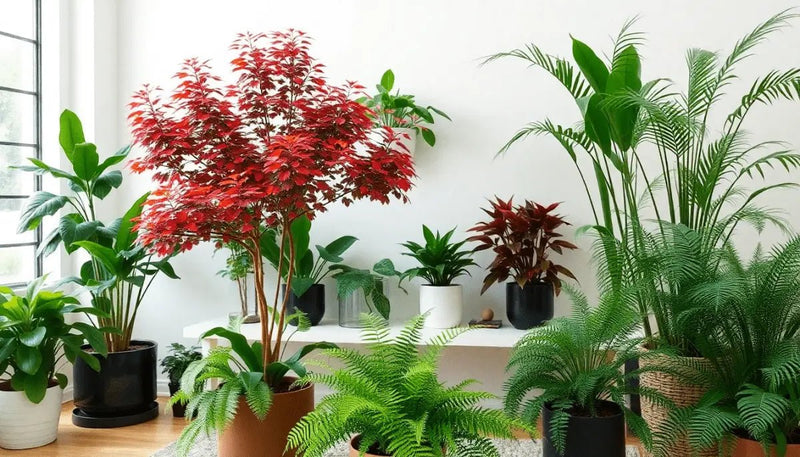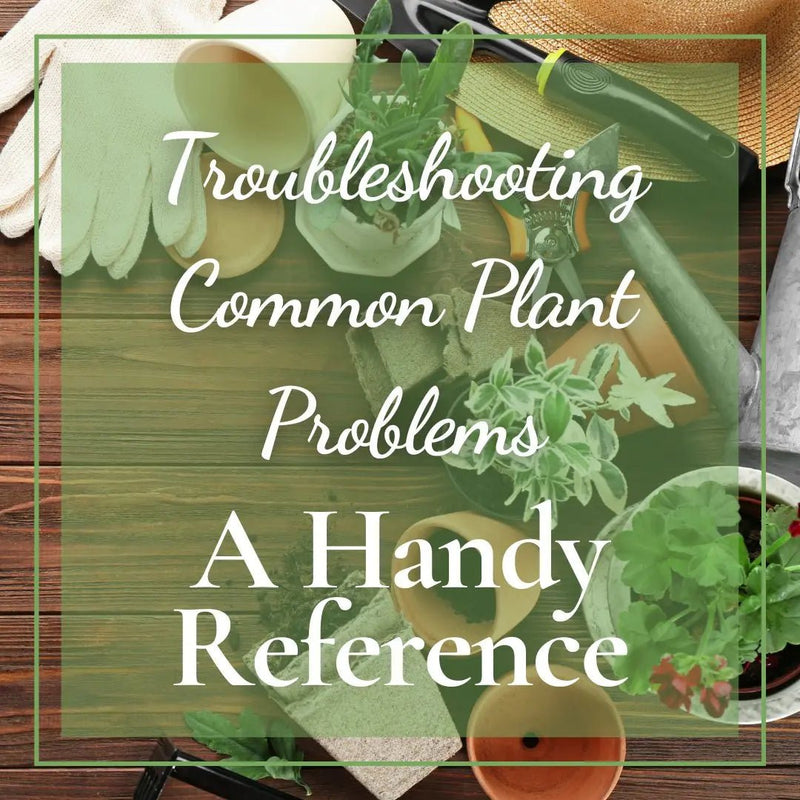How to water your indoor houseplants the right way - Part 2: OVERWATERING
Posted on May 01 2021
In the second part of this 3 part series on watering, we'll be taking a look at overwatering.
As plant parents, we always want to give our plant babies the most of what we think is best for them, and sometimes it is way too easy to do that. Overwatering is actually the leading cause of plant death, even more so than underwatering. It only goes to show that too much of anything can be bad, and sometimes less is more.
How to prevent overwatering
In our first post of the series on watering, we talked about the right way to water your indoor houseplants and some of the points will overlap here as well. These are a few points to keep in mind to prevent overwatering your plants.
- Always read the care instructions for each plant
- Always check soil condition before watering
- Water deeply, not frequently
- Try to use pots that have drainage holes (prevents waterlogging)
You can check out our previous post on How To Water Your Indoor Houseplants The Right Way – Part 1 for more detailed explanations.
Signs that your plant is overwatered
If you are reading this, you are probably looking for the signs on how to tell if your plant is overwatered. Here are 5 signs that you can look out for:
Yellowing and wilting leaves - This is one of the most obvious things to look out for to know if your plant is overwatered, when its leaves are yellowing AND wilting. If it is just yellowing or just wilting it may indicate that it is underwatered. Also, the leaves should not be dry and crispy as it would also indicate underwatering. For some plants, excessive shedding of leaves (green, yellow or brown) may be a sign of overwatering as well. If you think that your plant may be underwatered instead, look out for our next blog post, which will be about underwatering.
Stunted Growth - An overwatered plant is likely to have stunted growth where there are no new leaves growing at all and/or the old leaves are dropping at an accelerated rate such that the plant is not growing more leaves.
Base of the plant/stem is mushy (and with a bad odour) - This is a sure-fire sign that the plant is overwatered and that the roots of the plant have begun to rot (especially if there is a foul smell). If you catch your plant in this state, make sure to treat it immediately. Root rot is a fungal disease that will spread among the plant’s roots so treating it as soon as you see it will give your plant a better chance of survival.
Fungal/bacterial plant infections - Other than root rot, there are other plant infections that are more visible and easier to catch. One common bacterial infection due to overwatering causes brown spots with yellow halos to form on the leaves of your plant. It’s good to treat your plant immediately and remove all affected leaves asap to prevent the spread of the disease.
Growth of mold on soil - The growth of a white, fuzzy mold on the top of your plant’s soil is a sign that you have been overwatering your plant. The white mold is a saprophytic fungus that is usually harmless but is a good indicator that the plant is overwatered and/or there is poor drainage.

Saving your overwatered plant
While your plant does not look like it is in a good condition, don’t worry as it does not spell the end of the line for your plant. If you are sure that you have overwatered your plant, here are some of the steps you can take to save it. If your plant has any type of plant disease, a good rule of thumb is to repot it into fresh soil to prevent spreading the disease further with already contaminated soil.
Always check the roots of the plant first - With overwatering, the biggest issue is always root rot. Root rot is a severe problem as it affects the most vital part of the plant. Without healthy roots to take up water and nutrients, the plant can start to wilt and die very quickly.
Assess health of roots - Healthy roots should be white, while roots that are affected by root rot will be brown, black and slimy. If you spot any roots that have been affected, start by removing all of them with a sharp pair of garden trimmers. Be sure to wipe them with alcohol between cuttings to prevent the spread of the disease.
Trim away affected parts of the plant - After removing all the affected roots, check to make sure that the rest of the plant is not too severely affected by any plant disease. Remove all affected leaves. If the base of the stem has already become mushy and rotten, it is time to consider propagating the plant.
Repot into fresh soil OR Propagate - Once you have removed all affected parts of the plant, judge the state of your plant (or at least what’s left) and decide if it should be repotted into fresh soil or it should be propagated. If there is a significant amount of healthy roots, pot the plant into fresh soil. Make sure the soil is damp but not soggy. Always water after repotting (even though your plant is already overwatered) as it provides an easy transition environment for your plant. Imagine being in a swimming pool one minute and then thrown into the desert the next, it will be difficult to adapt to such a drastic change of environment, and so it goes for your plant! If the plant does not have healthy roots, it’s time to propagate. Head over to our plant glossary to find ways you can propagate your plant. Our plant glossary is not exhaustive so if you do not find the exact species of your plant in our glossary, chat with us through our live chat for help.
Adjust your watering schedule - After repotting your plant into fresh soil and watering it, let the soil dry out a little more than usual before watering again. However, make sure not to let the soil dry out completely. Your plant will be more sensitive to its water needs in this period so make sure to give extra care and attention. For more information on how to tell when and how much water to give your plant, check out our first post on watering: How To Water Your Indoor Houseplants The Right Way – Part 1
It may take 1 to 2 weeks before you can visibly tell that your plant is getting better so don’t lose hope! However, there may be a chance that your plant will not survive as well and that is okay too. It is always a learning process when we are caring for our plants which is part of what makes it enjoyable.
It is vital to water your plants properly from the start and to make sure they have plenty of drainage. If you tend to overwater plants despite your best efforts, it might be best to avoid any plants that are more prone to problems from too much water.
Stay tuned next week for the last part of our blog's watering series on underwatering!


